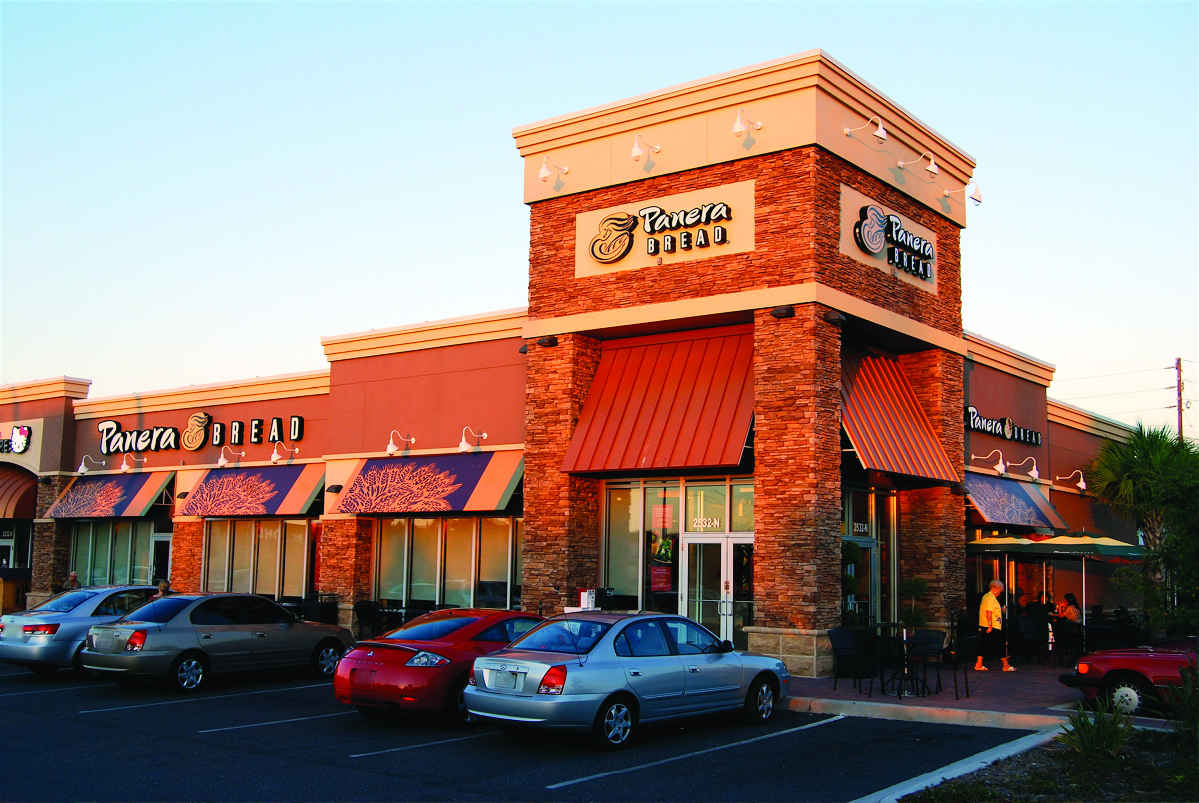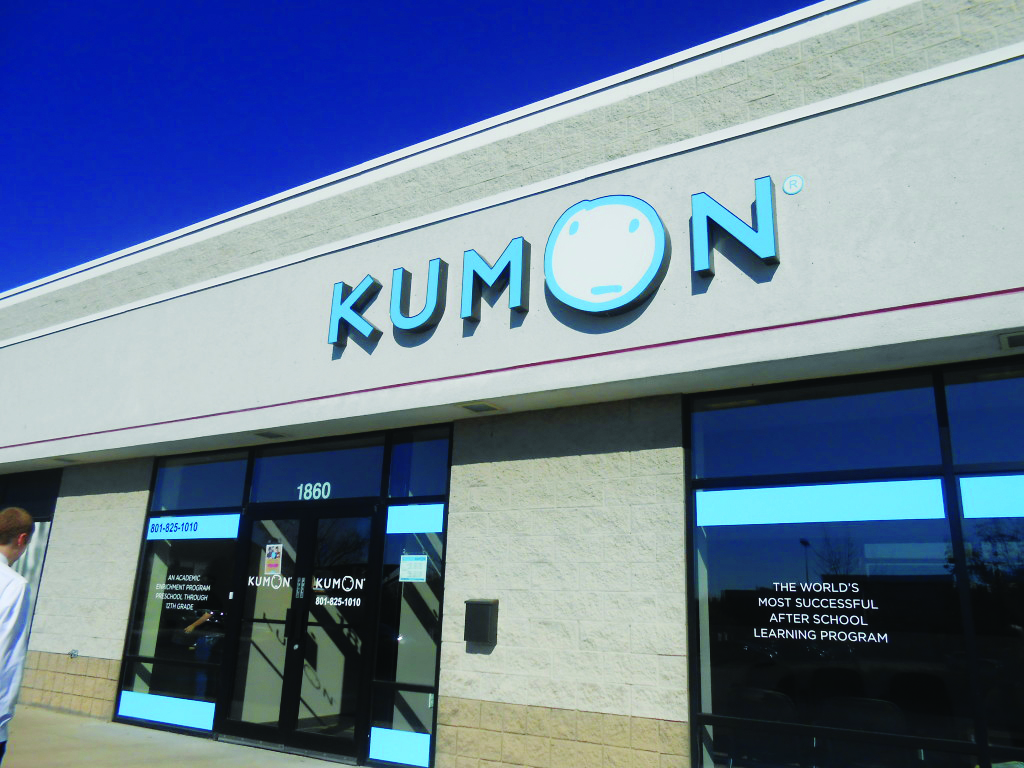The New Kid in Town
The franchise model works well due to several important factors; common interest in a brand, consistency in systems and processes and the ability of the franchisor to effectively govern the network. Over the past 50 years of franchise history a dramatic shift has been developing, that is fundamentally reshaping the franchise equation. The continued growth of multi-unit franchisees that amass significant franchise units, wholly within either one system or increasing across multiple systems, is permanently changing the landscape of franchising. This new bourgeois of franchisees is putting the traditional franchise model to the test in a myriad of ways that may in fact result in a “new normal” approach in franchising.
A Shifting Model
During the early years of franchising, the predominant model was for a franchisee to own a single unit, and in most cases spend their time in that unit as the manager. Perhaps over time, either due to increasing success at their franchise or the availability of another local franchise unit, the proprietor might expand to two or three franchise operations. This approach led to literally millions of small businesses across the globe where there was significant personal investment at the local level. In this traditional franchise model, the franchisor was in a strong position to ensure systemic compliance and conformity to the brand standards. No individual franchisee had the power to put the system at risk.
Today’s mega-franchisees can in some cases be a driving force within a system, controlling a significant portion of the units and influence among franchisees. Franchisors must give heed to input by multi-unit franchisees collectively, thereby shifting the power in the relationship in new ways.
A Forked Road of Opportunities
Certainly, many franchise systems are clamoring to attract sophisticated multi-unit operators to their brands for the munificent potential that they represent. Firstly, they have developed strong balance sheets and access to capital, so they can respond quickly with market develop, both in unit deployment and marketing efforts. Secondly, in many cases, they have mature infrastructure in place, including real estate relationships, supply chain contracts and a management team with franchise experience. Thirdly, these experienced operators require less support than the traditional single-unit franchisee and they have a solid understanding of financial reporting and market trends. And, as franchise organizations consider growth strategies, many are choosing to focus attention on the multi-unit model, thus reducing access and opportunity for single-site franchise development.
As budding franchisees approach the franchise marketplace, they must keep in mind this new complexion and seek out a system that is best suited to their interests. Brands like Kumon simply do not allow franchisees to own more than one franchise, except on a rare occasion. And, brands like Panera Bread no longer offer single-site franchisees to consumers, moving solely to the multi-unit operator strategy.
The Ownership Paradox
As franchise brands grow, they become increasing attractive to multi-unit operators, to add to their growing portfolio of concepts. As franchise companies seek and are infused by multi-unit operators, their attractiveness to Wall Street and private equity groups grow as well. Record number of franchise founders are selling their systems to financial firms that are new to franchising. Would be franchisees must take the time to understand the ownership structure of a potential franchise system to ensure that it is the right match for them.
For some, choosing a franchise that is owned by the founder, focused on single-site growth and steeped in tradition can be a comfortable and successful home for many first time franchisees. Those with a more veracious appetite for growth might consider franchises moving into the multi-unit arena, keeping in mind that ownership of the franchisor is likely to change on a 5-year cycle. Finally, as a strategic approach, many corporations are entering the franchise fold by acquiring entire markets for rapid development.
Rising Above the Ordinary
The success of the franchise model will continue to draw it into new and unproven strategies as our world evolves. The new mega-franchise operators are shifting the power, altering the structure and fundamentally changing franchising “as we speak”. The important consideration for many that seek to benefit from choosing a franchise path is picking the right system to achieve their goals. Only then can they rise above the ordinary.








